Can I put an oven next to the refrigerator?
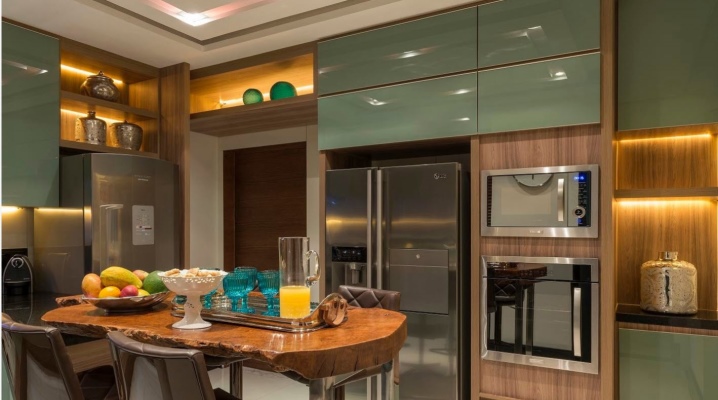
It has become fashionable to use built-in furniture and household appliances. This significantly saves space, makes the kitchen or dining room more comfortable and cozy, which is very much appreciated by any modern housewife.
Recommendations
The design of the built-in oven makes it possible to place it at the most convenient height. However, experts do not recommend installing the oven next to the refrigerator, since this contradicts their principle of operation.
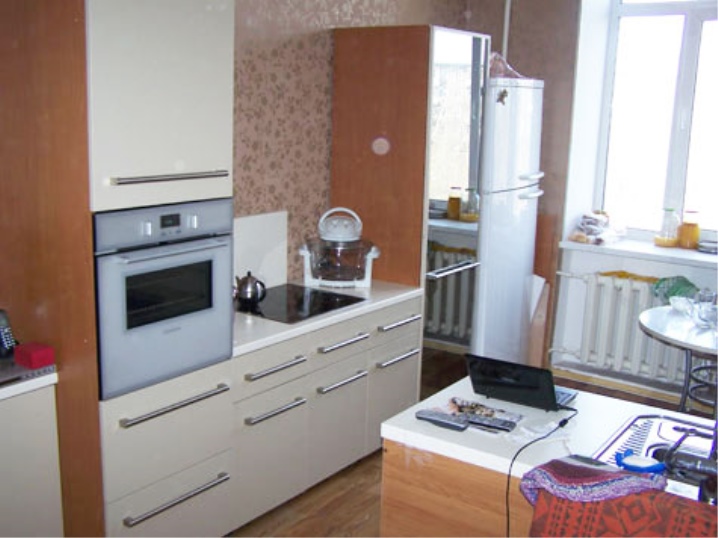
The instructions for such a technique usually say that the distance between the refrigerator and the oven should be at least 50 cm. In case of non-observance of the conditions in the event of an abnormal situation, the manufacturer does not bear responsibility.
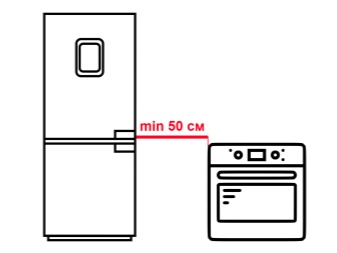
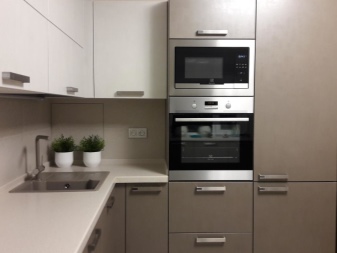
Why not?
The appliances are not installed side by side, since the refrigerator must keep the inside cold, and the heat generated by the oven prevents this. The refrigerator operates in such a way that the heat is removed outside through a special device on the back wall. If more heat comes from the external environment, then the compressor starts to work harder. A constantly running compressor can lead to overheating of the mechanism, as a result of which the service life is reduced and the amount of electricity consumed increases. Thus, the life of the refrigerator is significantly reduced.
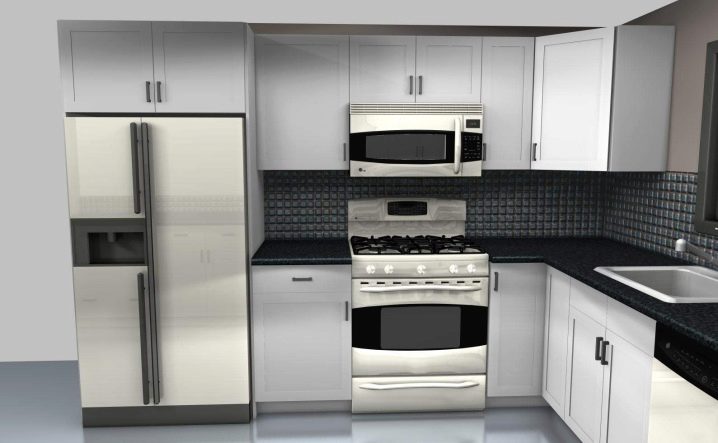
It is very important that there is a distance of 50 cm near the refrigerator precisely for air circulation: thanks to this, the surface of the device will not overheat.
The same can be said for the oven. On the other hand, the effect of external heat on the oven causes an increase in the internal temperature, as a result of which an overheated oven can begin to spark, which sometimes leads to a fire hazard.
Another factor that speaks of the need to avoid the proximity of two devices is deformation. Over time, the walls of the refrigerator may turn yellow, the plastic parts may crack and change shape. The appearance will become unpresentable, so you will have to change the technique, which will again lead to unplanned expenses.


Security
All refrigerators have climate classes, which mean that the appliance can be designed to work in hotter or cooler rooms. If the refrigerator belongs to the ST class, then it will work normally at temperatures up to 38 degrees and heating from a stove or oven will not particularly damage it. On the other hand, the refrigerator perceives an increase in the temperature in the room as a signal for action - it increases the compressor power and starts working at maximum. As a result, everything inside it remains normal, but there is more noise and more power consumption. And if at the same time the two-compressor refrigerator can lower the degrees only in the freezer compartment, then the one-compressor refrigerator will "freeze" all the chambers, which can lead to the formation of ice.
In case there is no other way out and the dimensions of the kitchen do not allow separating the refrigerator and the stove from each other, you can still place the refrigerator near the oven. Let's consider how to do this correctly.

Built-in appliances
Besides the fact that the built-in oven looks more attractive, it is endowed with better thermal protection. Manufacturers of such ovens make protection from external heat more reliable.Depending on the model and brand, heat-resistant cardboard or a layer of ordinary insulation is used as insulation. Models with triple glass doors also play an important role in isolating heat from the external environment. Also, modern models are equipped with a fan and an emergency shutdown function, which makes the use of these devices even safer.
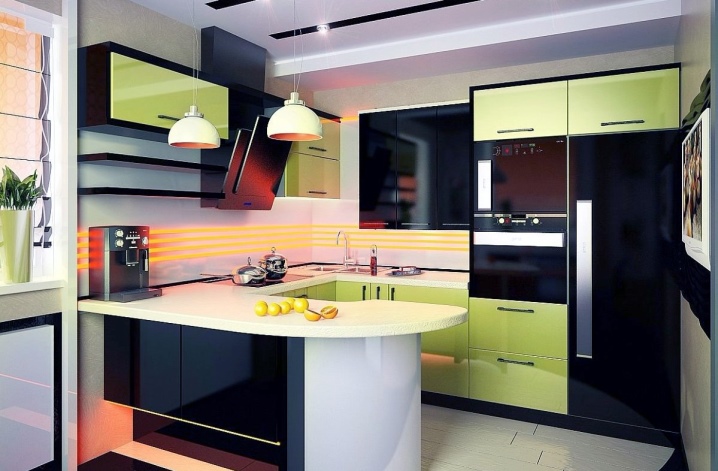
In turn, the refrigerator built into the kitchen set not only takes up little space and fits neatly into the interior, but also provides thermal insulation: a protective layer does not allow hot air to penetrate inside the device. In this case, it will not be so dangerous to place appliances next to it at a short distance, since the built-in refrigerator is also not deprived of thermal insulation, thanks to additional finishing panels. Therefore, in this case, the minimum distance between the oven and the refrigerator should be at least 15 cm.
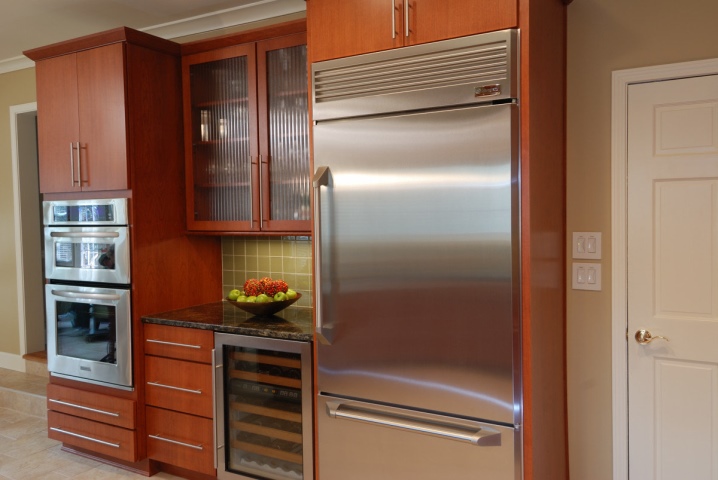
Freestanding household equipment
A completely different question when it comes to free-standing household appliances. Here it is already necessary to strictly observe the distance between them of 50 cm. In this case, the space between these devices can be occupied by the working surface - in this case, care should be taken to isolate the heat transfer to the external environment.
If there are simply no other options for installing household appliances, then you need to take care of the isolation between the appliances. The easiest and most economical way is to install an ordinary furniture partition between these two appliances - the wall of the kitchen module will perfectly cope with the role of a separator, or it is recommended to place a narrow cabinet between the appliances in which pans and pots can be stored, for example. Thus, there will be no heat exchange between the devices, which means that the risk of overheating is also excluded.
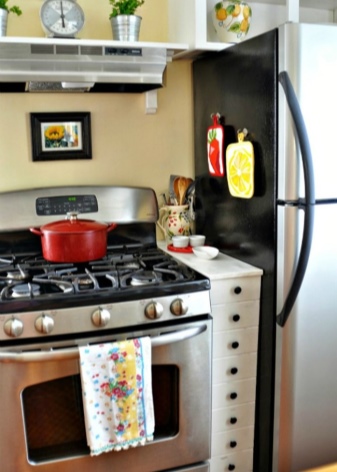
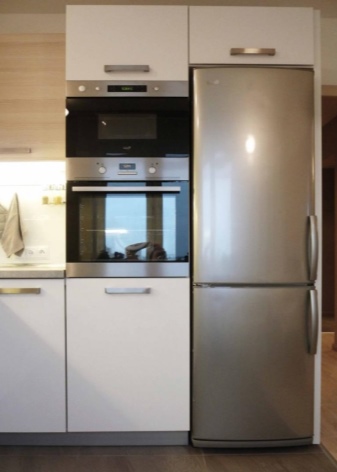
Another way to split the technique is cover the wall of the refrigerator, which will border the oven, with special thermal insulation material or foil. Foil film or izolon has a reflective property: the material will directly reflect heat and prevent surfaces from heating up. And due to the fact that it will not allow the penetration of heat from the outside, as a result, it will be possible to exclude overheating of both devices.
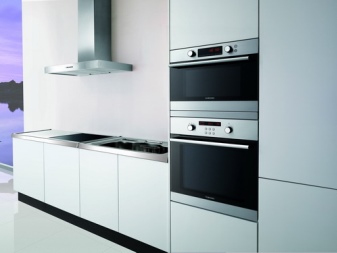
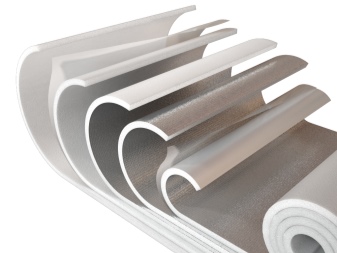
If you follow these tips, the refrigerator and cabinet may very well be next to each other. If you initially take care of the correct insulation, then you can safely place a refrigerator and a cabinet next to it, while not worrying about the service life of the equipment and the safety of the devices.
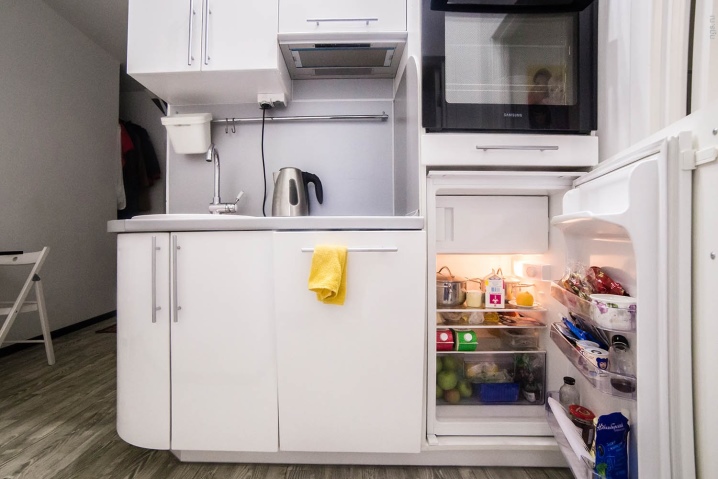
Reviews
If we rely on the reviews of the owners of built-in appliances, we can conclude that such devices are equipped with high-quality thermal insulation, which makes it possible to safely install household appliances next to each other.
The owners of freestanding appliances claim that high temperatures do not affect the metal walls of the refrigerator if the appliances are too close to each other. Consequences such as yellowed paint, cracked plastic parts, and deformation of the rubber seals took place. Many users also note that too close proximity of household appliances, if the oven was literally "propped up" by the refrigerator, caused a lot of inconvenience in operation.
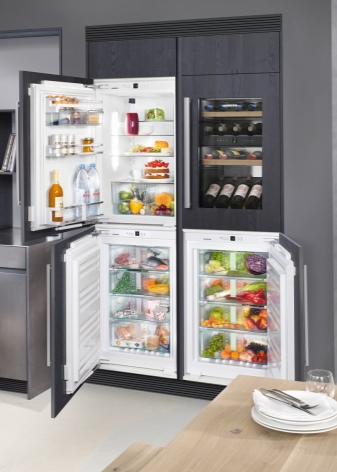
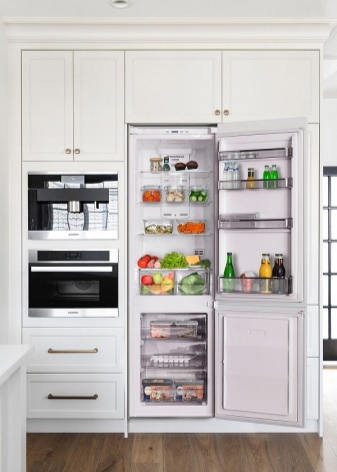
How to place an oven and a refrigerator in a small kitchen, see the next video.













The comment was sent successfully.